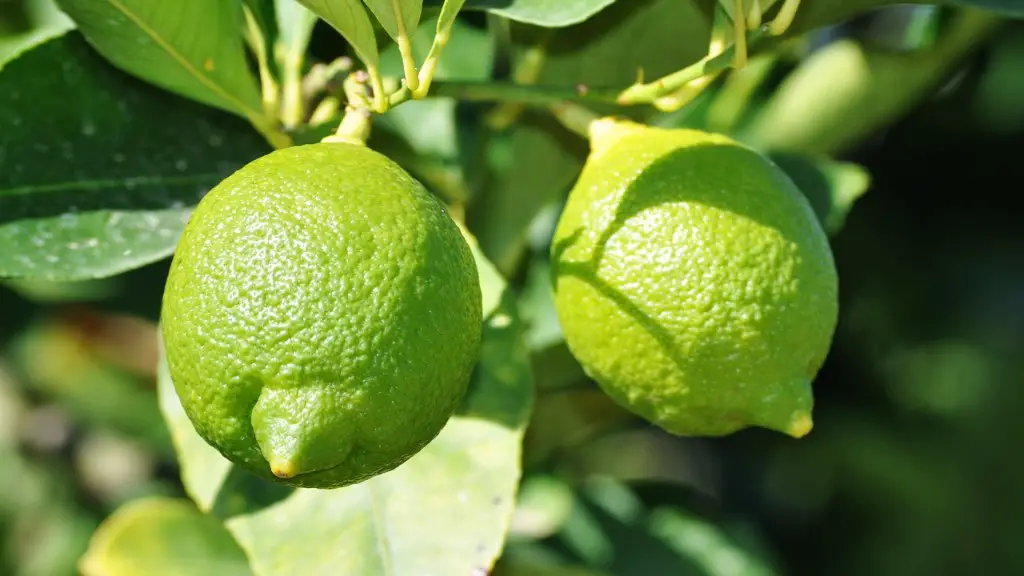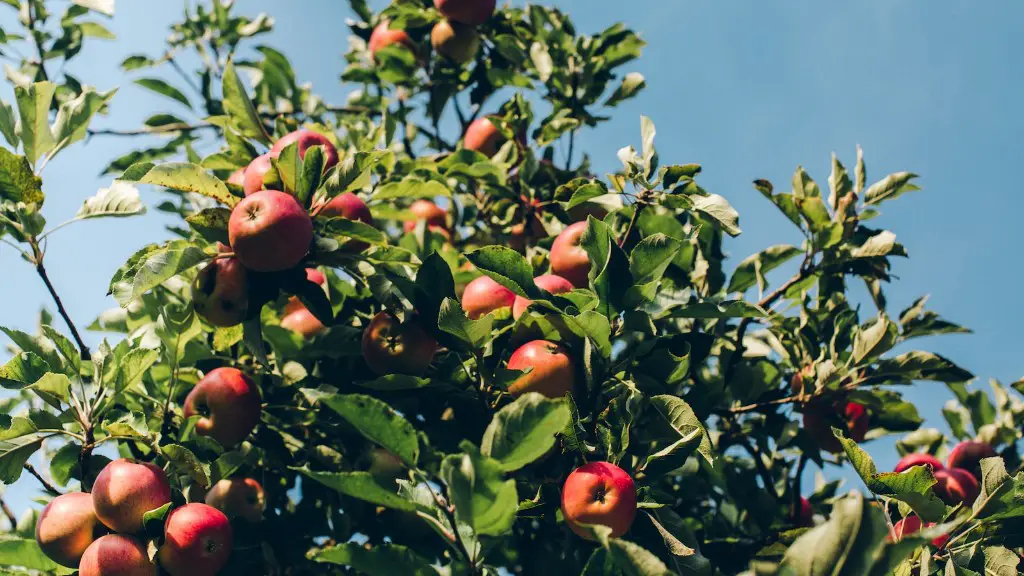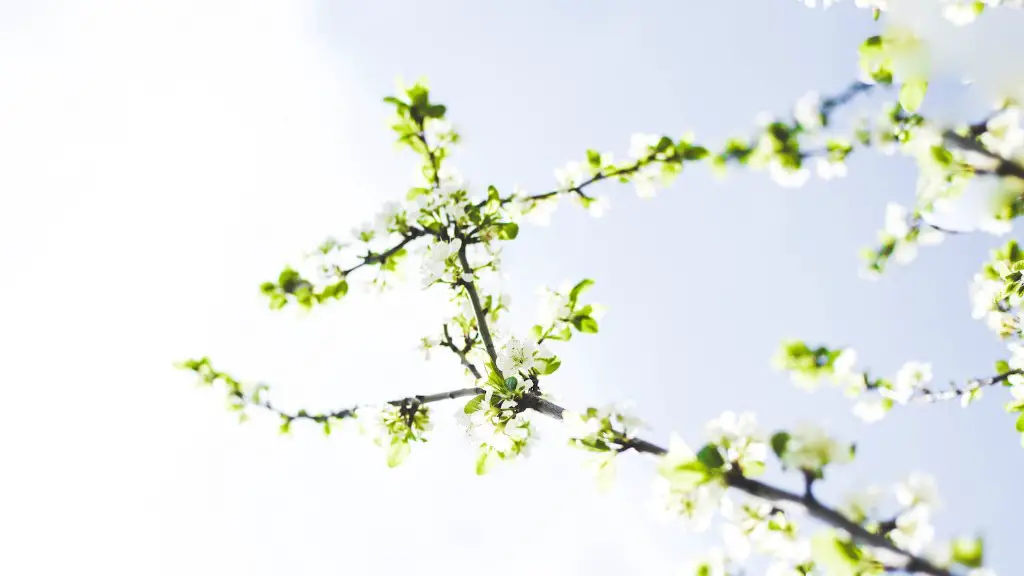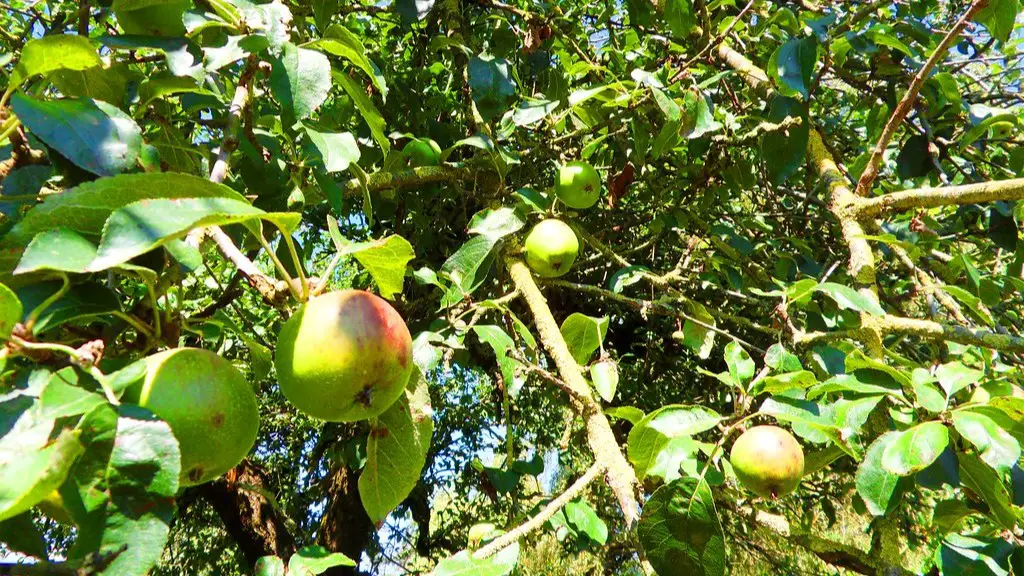The Arizona climate can be extremely dry, so it is important to know how often to water a lemon tree. Contrarily to other states, Arizona has a markedly different environment, which means that the lemon tree has special needs when it comes to caring for it. Proper care for a lemon tree includes the right amount of water. As a general rule, a lemon tree requires 1-2 inches of water per week – in Arizona, however, due to its peculiar climate and humidity, the recommended frequency may vary.
For instance, during warmer months, the tree will have to be watered twice a week, while during colder months it is recommended to water it only once. It is exceptionally important to check the soil before each watering. If the soil feels damp, avoid watering. The same applies to wet weather days, as the soil will remain moist. Considering Arizona’s dryness, common sense dictates to err on the side of caution and water more often than not.
It is particularly relevant to keep in mind that young lemon trees (under 5 years old) can suffer from too much water. Even though these trees require more frequent watering than mature trees, it is still necessary to check the soil before each watering. Furthermore, excess water quickly evaporates and does not ensure that the tree is receiving an adequate amount. Proper irrigation is key for young lemon trees.
Throughout the summer and hotter months, one should be especially careful with watering requirements and try to follow the 1-2 inch per week rule. This also helps the tree’s root system to build and cover a wider area, since the tree will be taking in water from a larger area. Furthermore, irrigation can be regulated in order to emphasize the growing season and avoid weak fruit production.
In the event of strong winds or extremely hot weather, it may be necessary to water the lemon tree twice a week. On the other hand, less water is necessary during winter and rainy days. Particularly during winter, when the temperature drops below 10°C, the water requirements can be reduced to once a week. In any case, in order to achieve a successful outcome it is advisable to remember to err on the side of caution and water the lemon tree more often than not.
Water Drainage in Arizona
In Arizona especially, it is critical to consider water drainage, as the soil can be hard or sandy and may not be able to retain water adequately. Therefore, it is important to ensure that there is proper drainage, or the water will make its way down quickly and the tree will not receive the necessary water that it needs. Furthermore, one has to determine the water needs of the tree, especially in soilless conditions, as the crop may require additional water due to its lighter composition.
The right drainage system can prevent water waste and over-watering. The appropriate soil composition, mulching and fertilization can also help to locate the right amount of water while avoiding desiccation. Porous containers can be extremely helpful to monitor water intake and quickly adjust the irrigation patterns as needed. It is also necessary to avoid mulching that may block the pores, otherwise the tree may not be able to use the water adequately.
Time of Year Considerations
The watering frequency can also be dependant on the time of year. In the winter, the frequency can be regulated to once a week, and although warmer months might require increased water, particularly when the temperatures are above 30°C, this does not necessarily mean that the tree will always need more water during these peak periods. Proper soil conditioning, moisture location and drainage can help regulate the amount of water needed, regardless of the season.
Particularly important is to consider over-watering, which can damage the tree and cause significant problems. During cooler months and in winter, when temperatures are below 10°C, particularly during nights, watering can be reduced to once per week, since the water consumption of the tree is decreased. Extremely cold temperatures may reduce water consumption to a bare minimum. Therefore, common sense must be taken into account and the right decisions must be made, based on the tree’s particular case.
Water Conservation in Arizona
In Arizona, where conservation and efficient use of water is a paramount issue, there is room for additional practices that can be integrated into daily life. Efficient use of water starts with the measure of the precipitation, in order to obtain a better idea of how much water is actually necessary for the irrigation of citrus. Additionally, the water that runs off into the sewer can be collected and reused.
Rain barrels, cisterns, and ponds are all tools that can be used to collect and store rainwater, and can help reduce the amount of water lost to evaporation and runoff. One can also make use of soaker hoses, which water the tree slowly and allow the soil to absorb the water more efficiently. This type of hose distributes the water directly to the ground, avoiding evaporation and ensuring that no water will seep away.
In conclusion, water conservation is particularly important in an arid and desert state such as Arizona, and for the proper care of a lemon tree, whose needs vary depending on the season and the amount of rainfall. The tree may require more or less water depending on the climate, and can suffer from over-watering or under-watering. Due to this, it is important to constantly monitor the soil of the lemon tree and adjust the frequency of watering accordingly.
Fertilization for Arizona Lemon Trees
Fertilization is another important aspect when it comes to caring for a lemon tree in Arizona. In addition to ensuring sufficient amount of water, one must also be mindful of the tree’s nutritional needs. For young trees, specially designed citrus fertilizers can be spread on the soil just before or during the start of the growing season in order to give the tree the complex of nutrients it needs.
During the growing season, especially during the summer, it is necessary to use a balanced fertilizer with plenty of nitrogen, near the root of the tree. This fertilizer should be used every approximately three months. Additionally, for mature trees, a controlled release fertilizer can also be integrated, as it helps feed the tree for longer periods of time and doesn’t require frequent fertilization. This type of fertilizer should especially be used during the fall, when a lemon tree produces its fruit.
More specifically, mature lemon trees should receive 45-60 grams of fertilizer regularly, incorporating phosphorus and potassium in the fertilizer to ensure an even soil pH, about 6.4-6.8. It is highly important to ensure that an even soil pH is maintained, as this helps positively affect the soil structure and nutrient intake. Moreover, it is advisable to use compost as one of the main fertilizers.
Additionally, mulching is a great way to conserve moisture and help the nutrients refeed the soil. Organic mulching helps the soil stay moist, while also boosting nitrogen, phosphorus and other essential nutrients. Finally, any extra nutrient requirements should be met by the use of foliar fertilizer, which is meant to be sprayed directly on the leaves of the tree.
Pest Control for Arizona Lemon Trees
Pest control is also an important factor in lemon tree care in Arizona. While keeping an eye open for pests is important, it is worth noting that some of the pests that inhabit arid climates can be beneficial, such as ladybugs and predatory mites. In these cases, direct extermination is not necessary and natural remedies should be employed.
Additionally, for pest control, one should consider products such as insecticidal soap, horticultural oils, and natural predators. These items can help treat and control pests in a gentle and safe way. Different times of the year will require a different approach in order to prevent any possible pests from developing. Emphasis must be placed on preventive actions and treatments, taking into account environmental conditions such as wind that can help spread some of these pests.
Particularly during spring and summer, proper pruning and particular care with water and fertigation are key, as this will help avoid diseases and pests. Additionally, microbes, such as soil bacteria, can help protect the lemon tree from different types of diseases, as soil bacteria help keep other microbes away and create an environment that helps support the healthy growth of the tree.
Finally, one should also look out for canker, which can cause great damage. The most effective way to avoid this issue is by incorporating a removable container or basin around the tree most of the time, in order to collect any fallen leaves, as these can hold and develop bacteria and fungi.




